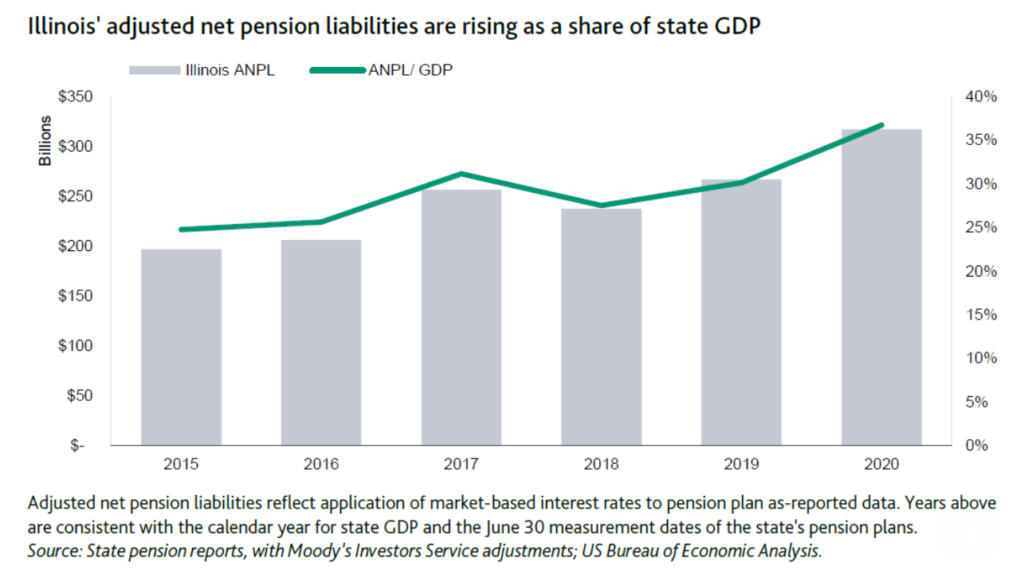Link: https://www.forbes.com/sites/ebauer/2021/07/11/update-on-the-multiemployer-pension-plan-bailout-new-regulations-finally-unveiled/?sh=29d66f215bb2
Excerpt:
The PBGC’s decisions here are not what organizations such as the NCCMP would have liked, although, clearly, it is the PBGC’s job to interpret the law, not to try to fix a poorly-written law.
At the same time, no multiemployer pension plan is worse off with this legislation than without it, even if it isn’t as generous as they would have liked. And nothing prohibits those plans from boosting contributions and using additional contributions to fund future accruals — which would mean that pension plans which express their contributions as fixed dollar amounts, rather than a percentage of pay, will be better positioned to provide for existing employees as well as retirees. What’s more, the calculation of future contributions is based on a one-time open group projection, without being revised from year to year, so that, in principle, if more workers join a plan, the plan will be better off. (Of course, if the projection is too optimistic about the number of future workers, the opposite will be true.)
But, of course, this is $86 billion that could have been spent for other needs, or not spent at all. And, however much advocates profess that they still hope for a more comprehensive revision of funding rules for multiemployer pensions, the poorly-conceived nature of this bailout makes it less, rather than more, likely that both sides of the aisle will come together to repair multiemployer pensions and prevent future bailouts.
Author(s): Elizabeth Bauer
Publication Date: 11 July 2021
Publication Site: Forbes

